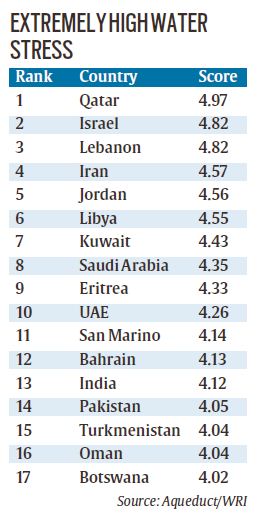What is the issue?
Ten years have been passed since the sub-prime crisis brought the global economy to the brink.
What is a sub-prime loan?
- Generally, poor credit rating people are disqualified to apply for conventional mortgage or loan application.
- They’re disqualified because they have higher risks that they are not able to make the loan payment due to their poor credit history.
- Hence, Banks in US came out with a special type of loan to cater to these people in the form of “Subprime Mortgage” or “Subprime Loan”.
- It refers to a loan given to a borrower who does not qualify for a regular home loan because of a poor credit record, low income and lack of job security.
What were its objective?
- Banks did this on the expectation that the value of the underlying security or the property will go up in future.
- So, they increased the mortgage interest rate, higher than the conventional loan,so that they could earn more with it.
- On their part, Borrowers can rent out their house with higher value or they can sell the house with higher value.
- Paying back the loan payment is not a problem at all for them, since the housing prices were booming at that time.
- The borrowers also got their loans refinanced with the improvements in their credit ratings.
- Even if they discontinued repayment, Banks could sell the property for a higher consideration due to appreciation in property prices.
- The banks also repackaged all mortgages into an investment product and sell it to financial institutions all over the world to further reduce the risks and to get more loans.
- This made global financial investors around the world to get involved in the subprime mortgage.
- With housing demand exceeding supply, the cycle became beneficial for all the three stakeholders from 2005 to 2007 (Banks, borrowers and financial institutions).
What triggered the crisis?
- The success was followed by an excess supply and ballooning prices of the underlying properties in the subsequent years.
- The real estate market begins to cool down and the house prices begin to fall.
- This made the subprime borrowers unable to pay their existing debt and they stuck up paying a much larger mortgage payment.
- This causes many of these borrowers unable to make their house payment.
- Also, financial institutions no longer want to invest and didn’t trust the bank anymore.
- As a result, the banks further increased the mortgage interest rate so that borrowers who afford to pay can pay more.
- But the conditions got worse with more and more borrowers failed to pay their monthly loan payment due to the interest rate increases.
- A credit crisis erupted in August 2007 with the failure of two Bear Stearns hedge funds while payment defaults triggered massive declines in banks and real estate incomes.
- In 2008, Lehman Brothers declared bankruptcy.
What were the impacts on Indian economy?
- With lower dependence on exports and a sizeable contribution of its GDP came from domestic sources, India faced a less severe impact.
- Indian banks had limited exposure to the U.S. mortgage market as also to the financially-stressed global financial institutions.
- Still, India’s fiscal deficit touched 6% of the GDP in 2008-09, from being just 2.7% in the previous year.

- The fiscal stimulus provided under the backdrop of the crisis was never withdrawn after that, leading to the rise in twin deficits (FD and CAD).
- India faced at least three major crisis-like situations since -
- A ballooning current account deficit in 2013
- The non-performing assets that have choked the banking system
- The rupee slide triggered again by concerns of rising current account deficit
- Also, Financial Stability and Development Council (FSDC) set up to settle disputes among regulators are also in need of an independent research team drawing from global experiences.
- That would provide for an inter-regulatory coordination and macro-prudential supervision of the economy so that a sub-prime like crisis in the country could be avoided in the future.
Source: The Indian Express, The Hindu
